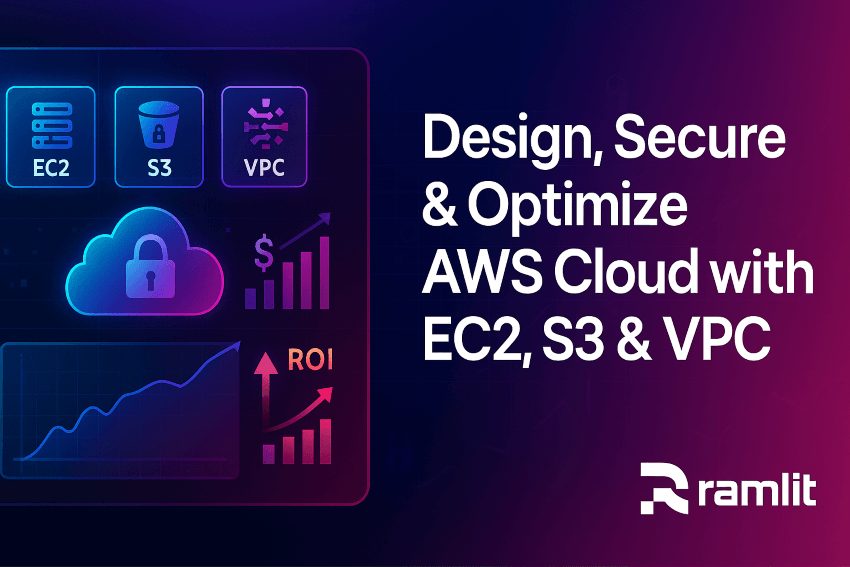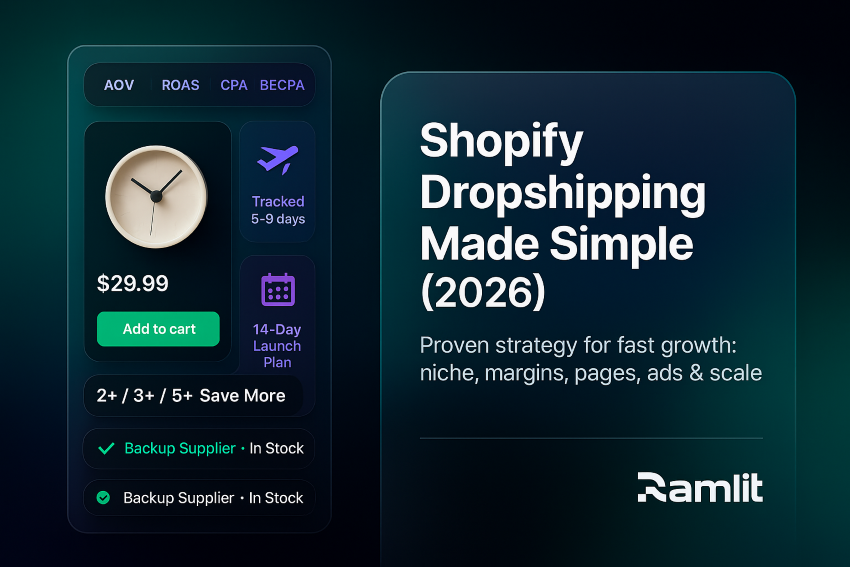Introduction
Cloud computing isn’t just a tech trend anymore — it’s the backbone of modern business. Whether you’re a fast-growing startup or a Fortune 500 company, AWS (Amazon Web Services) is where mission-critical apps live. But here’s the problem: simply launching instances on AWS isn’t enough. Poorly configured environments cost more, perform worse, and put sensitive data at risk.
In this guide, we’ll walk you through how to design, secure, and optimize your AWS cloud infrastructure using EC2, S3, and VPC — the three pillars of AWS services. By the end, you’ll know how to reduce costs, improve performance, and keep your cloud environment airtight.
H2: Why AWS Matters in 2025
AWS dominates the cloud market, powering millions of businesses. With competition at an all-time high, companies need cloud architectures that are fast, secure, and optimized for cost efficiency.
- EC2: Elastic Compute Cloud for virtual servers
- S3: Simple Storage Service for object storage
- VPC: Virtual Private Cloud for networking and isolation
Together, these form the building blocks of a robust cloud environment.
H2: Designing Your AWS Cloud Architecture
H3: Understanding EC2 for Compute Power
EC2 allows you to spin up virtual machines on demand. Key considerations:
- Right-sizing instances to balance cost and performance
- Using Auto Scaling Groups for elasticity
- Employing Load Balancers for high availability
H3: Structuring S3 for Data Storage
S3 is more than a storage bucket.
- Organize data with prefixes and tagging
- Use S3 Lifecycle Rules to move data to Glacier for cost savings
- Enable versioning and object lock to prevent accidental deletions
H3: Setting Up VPC for Networking
Your VPC isolates your cloud environment.
- Create subnets for public and private resources
- Configure route tables and Internet Gateways
- Use Network ACLs and Security Groups for granular access
H2: Securing AWS Infrastructure
H3: IAM (Identity & Access Management)
- Enforce least privilege
- Use MFA for admin access
- Rotate credentials regularly
H3: Encrypt Everything
- Enable EBS volume encryption for EC2
- Use S3 Server-Side Encryption (SSE)
- Implement KMS (Key Management Service) for custom keys
H3: Monitoring & Logging
- Set up CloudTrail to track all API calls
- Use CloudWatch Alarms to trigger automated responses
- Analyze logs with AWS GuardDuty
H2: Optimizing for Cost and Performance
H3: Cost Management Best Practices
- Reserved Instances vs. On-Demand: Know when to commit
- Implement budgets and alerts
- Use the AWS Trusted Advisor for optimization recommendations
H3: Performance Optimization
- Use Elastic Load Balancing and Auto Scaling
- Distribute workloads across Availability Zones
- Optimize database performance with Amazon RDS
H2: Advanced Tips for 2025
- Serverless integration: Lambda + S3 for event-driven workflows
- Multi-region deployments for disaster recovery
- Hybrid cloud models using AWS Outposts
- AI-driven monitoring with AWS Machine Learning tools
Bullet Points / Quick Takeaways
- Plan first: Map out your architecture before deploying
- Secure early: Build security into your cloud foundation
- Optimize continuously: Use AWS tools to track costs and performance
- Automate: Use Infrastructure as Code (CloudFormation or Terraform)
- Train your team: AWS evolves fast; ongoing training pays off
Call to Action (CTA)
Ready to design, secure, and optimize your AWS cloud infrastructure? Our AWS-certified architects can help you scale faster, reduce costs, and stay secure. Contact us today to get started.
Optional FAQ Section
Q1: Why are EC2, S3, and VPC critical for AWS success? They form the foundation of compute, storage, and networking, enabling secure, scalable, and cost-effective architectures.
Q2: How do I secure data in S3? Enable encryption, limit access with IAM policies, and use versioning to protect data integrity.
Q3: What’s the best way to optimize AWS costs? Use cost explorer, switch to reserved instances where applicable, and automate scaling.
Q4: Can I automate AWS deployments? Yes, with CloudFormation, Terraform, or the AWS CDK, you can automate infrastructure provisioning.
Tone & Style Requirements
- Conversational yet expert: We’re not just explaining AWS — we’re showing how to win with it.
- Skimmable: Headings, bullet points, and short paragraphs.
- Trust-building: Real examples, AWS terminology, and actionable advice.




